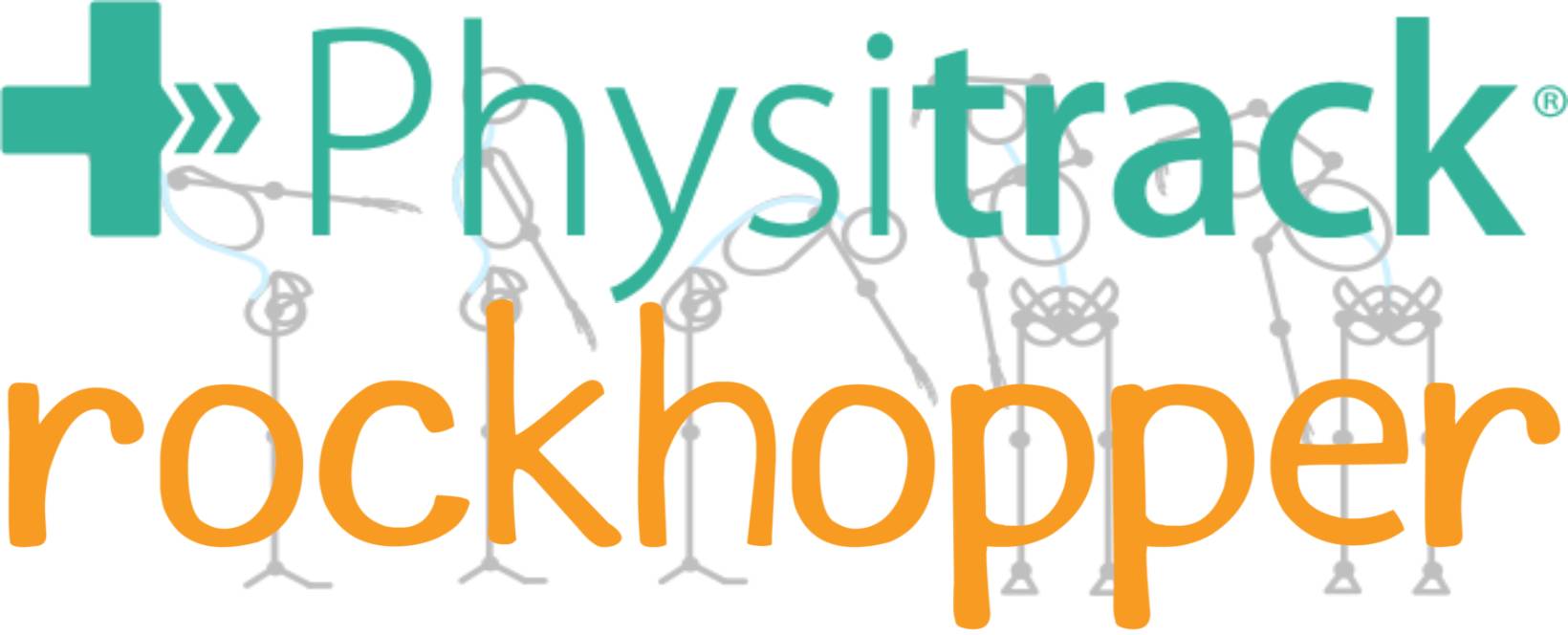‘It’s because I’m getting older’ is a little phrase that many of us are guilty of saying, especially after we have hit the mid 30’s. In this post I’m going to discuss a little around coming to terms with getting older.
From as early as the 30’s our bodies have begun to change. We begin to experience some joint stiffness or have begun to notice slight difficulties when carrying out activities that were once easily done. Our muscles, tendons and ligaments have started to become less elastic, and are more prone to injury. The density of our bones has begun to decrease, and our joints have begun to lose their mobility, leaving us prone to developing age-related disorders such as arthritis and osteoporosis. With all these subtle changes over the years, we start to shrink in height, and our posture begins to alter. Aches and pains begin to arise, especially on movement, and we find that it takes a lot longer for us to get from ‘A to B’. But don’t stress, all of these changes are completely normal as we move on in our lives.
However, there are many misconceptions about ageing, and the things that you are no longer able to do due to pain and restriction, and the things you can. So where does osteopathy come into play? Many people think that an osteopath is unable to help with the symptoms of ageing. But, did you know that over half of Australian osteopaths are treating patients age 65 years and older? In which many osteopaths are treating patients with all kinds of age-related disorders, including arthritis and osteoporosis (1). Osteopathy is not purely designed for helping the young, fit and active, but for all walks of life.
Some of the key benefits and aims of osteopathic treatment regardless of age can include…
§ Reducing pain and stiffness in your muscles and joints
§ Increasing and improving the mobility of your joints
§ Reducing the effects from poor posture and other biomechanical strains
§ Promoting blood circulation throughout the body
There is no age limit where osteopathic care becomes no longer useful. The only things that may change with your consult with your osteopath, as you get older is…
1) How they assess you
2) What they are treating, and
3) How they will treat you
There is no denying that as we increase in age, so too does our risk of falls. It has been found that by maintaining and improving muscle strength, and the ability to balance in the elderly, we have been able to reduce the occurrence of falls. Balance and other strengthening exercises, which an osteopath can prescribe, are vital in helping individuals to not only live more independently as they get older, but to also make them feel more confident whilst doing so (2).
It seems many people would like a ‘cure-all’ or ‘magic pill’ to avoid the aches and pains associated with getting old. Osteopaths believe that our manual therapy techniques, rehab exercises and ergonomic advice may help support people in continuing as many things they love, for as long as they can. With the modification of how you perform your activities, or even a slight change in reduction of pain, or increase in mobility in your joints, it may enable you to still continue to do the things you love, regardless of your age.
1) King Channell, M., Wang, Y., McLaughlin, M., Ciesielski, J., & Pomerantz, S. (2016). Osteopathic Manipulative Treatment for Older Patients: A National Survey of Osteopathic Physicians. The Journal Of The American Osteopathic Association, 116(3), 136. doi: 10.7556/jaoa.2016.030
2) Hafström, A., Malmström, E., Terdèn, J., Fransson, P., & Magnusson, M. (2016). Improved Balance Confidence and Stability for Elderly After 6 Weeks of a Multimodal Self-Administered Balance-Enhancing Exercise Program. Gerontology And Geriatric Medicine, 2, 233372141664414. doi: 10.1177/2333721416644149









